RESCUE Act 3
A learning tool which uses the virtual reality (VR) and mixed reality (MR) technology to teach students to conduct an incident investigation by collecting evidence from the site through interviewing site personnel, capturing environmental conditions using an in-game camera feature, and interacting with 2D documents and 3D objects in the virtual environment.
Our learning outcomes
Features
Overview
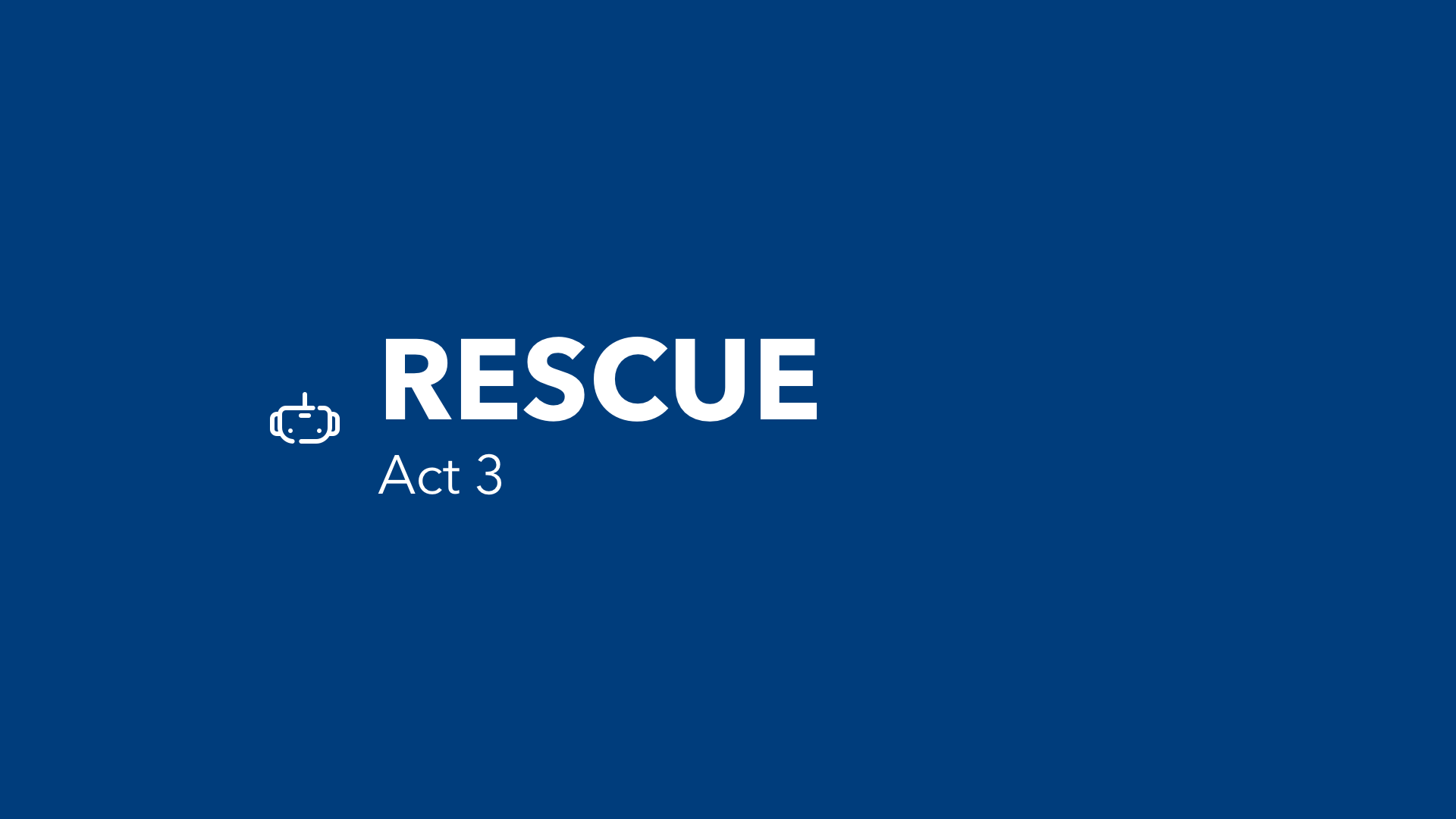
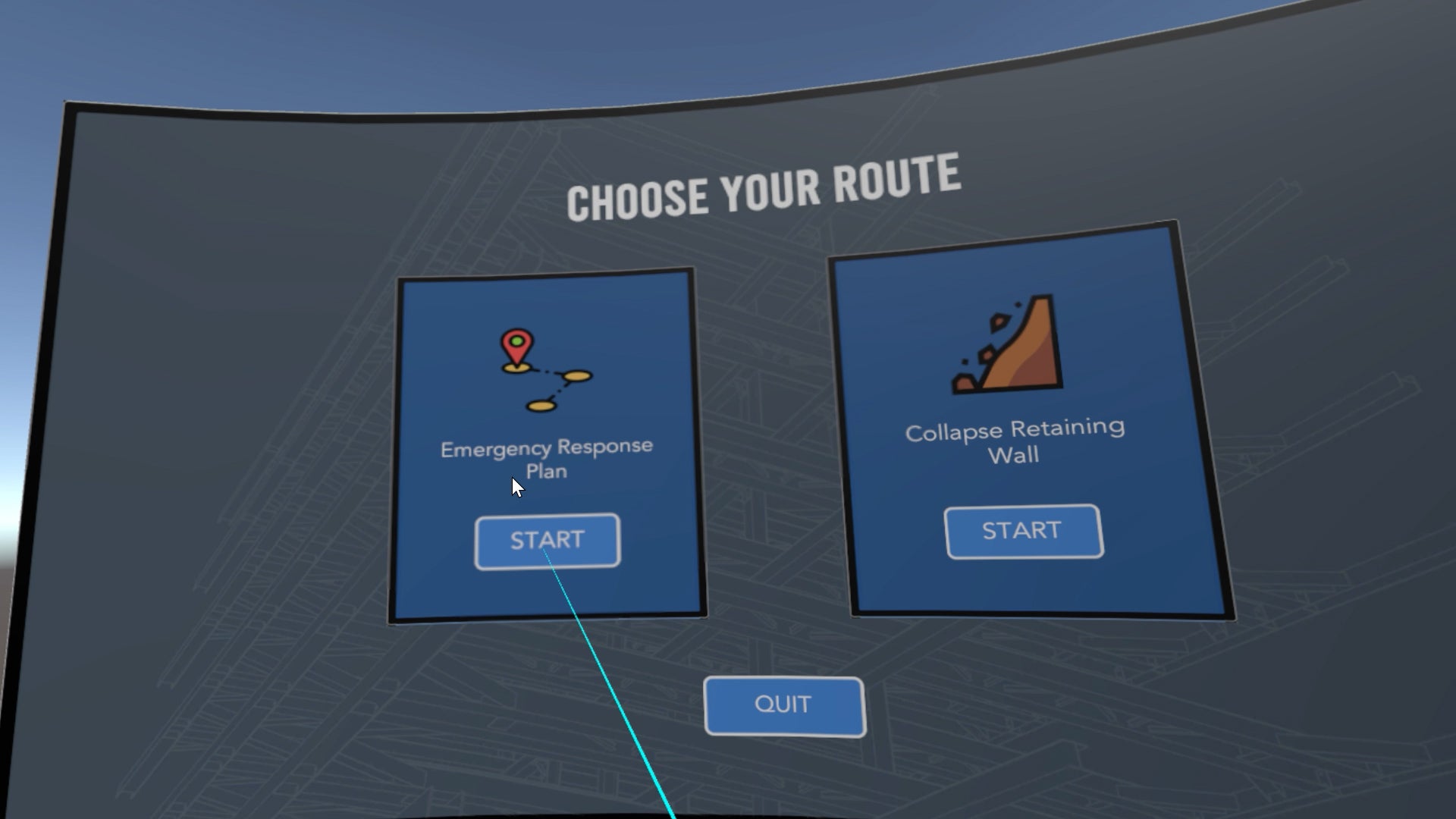
Two different routes to choose from
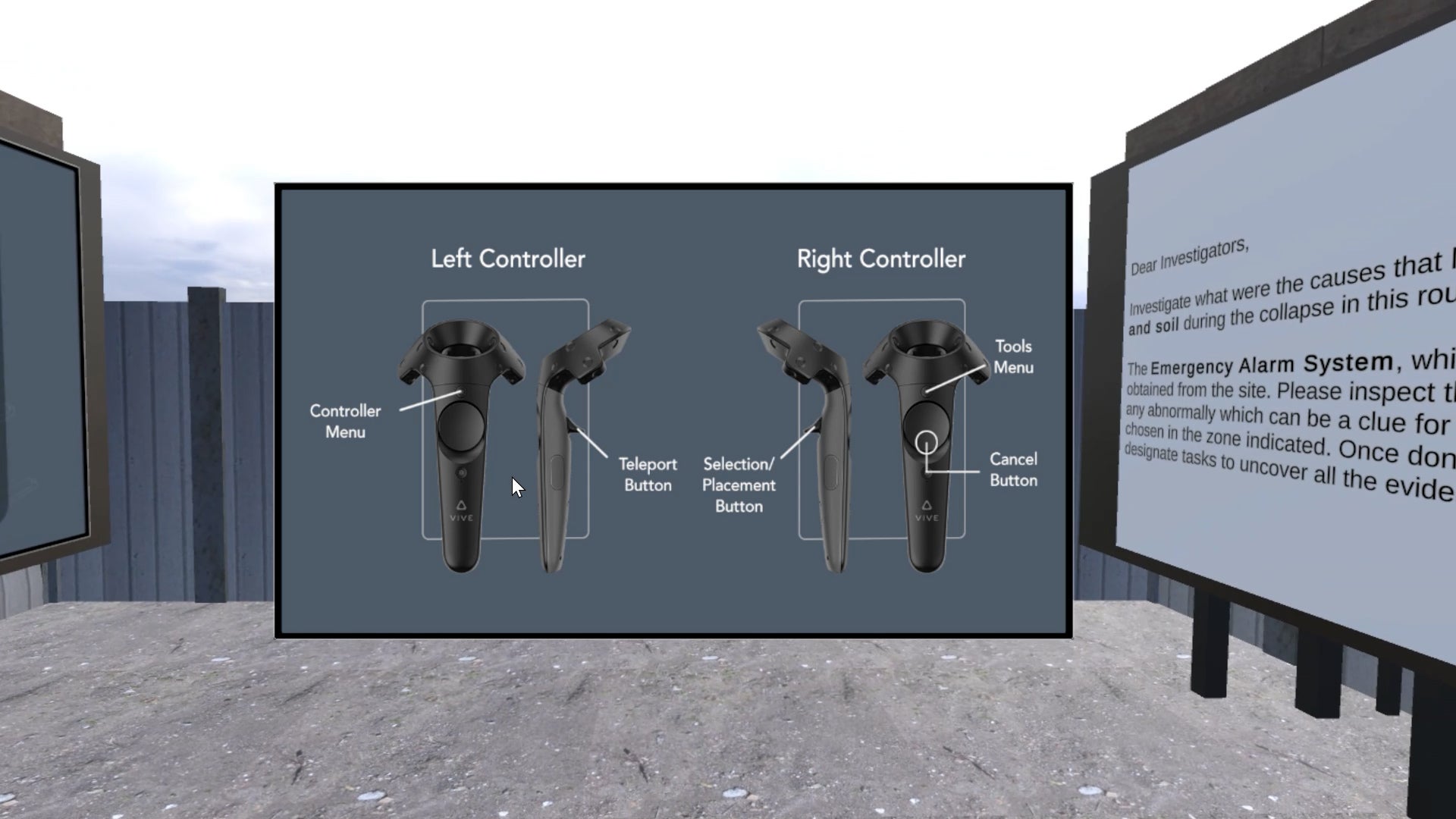
Tutorial on how to use the controls
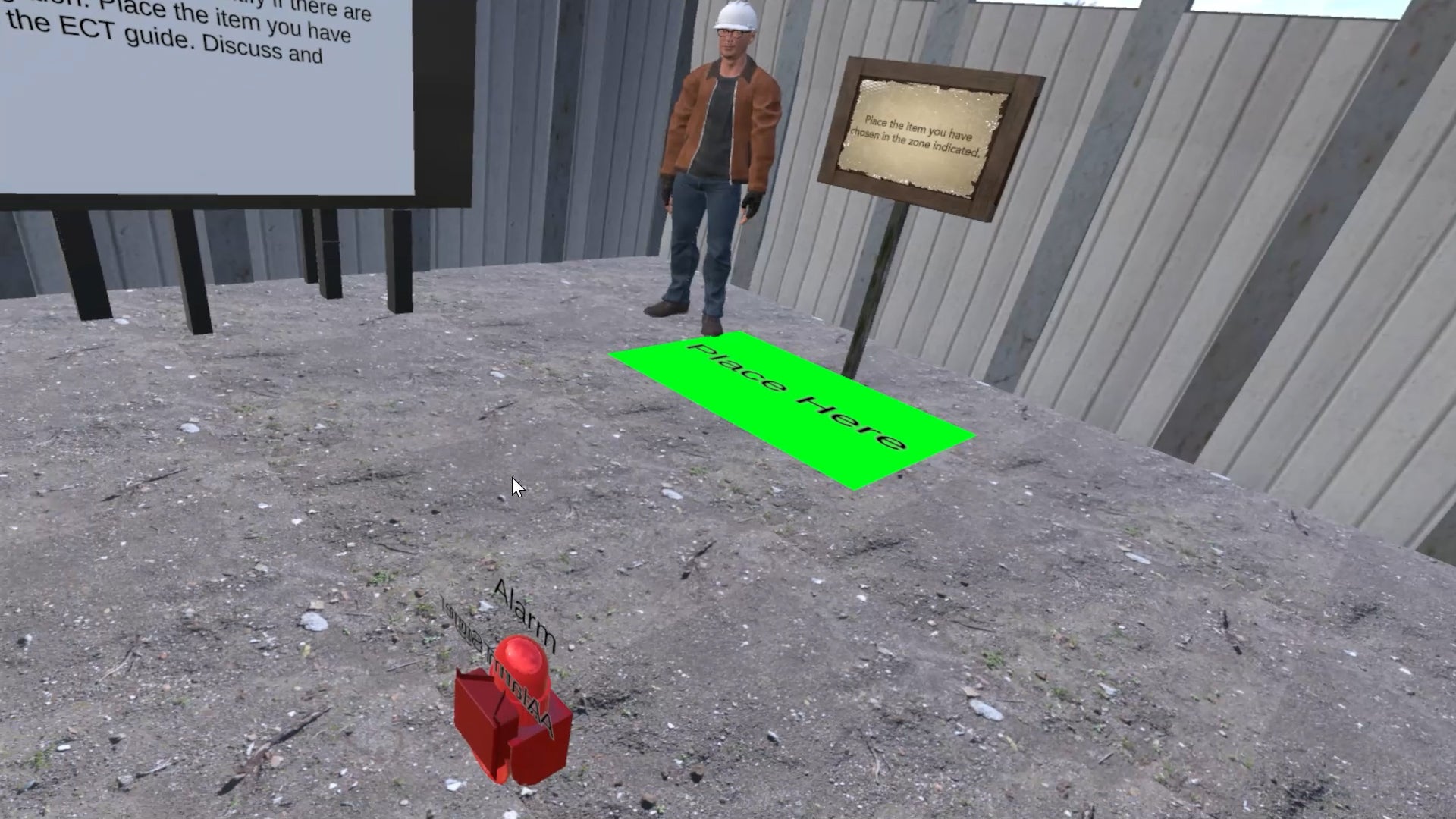
Utilising mixed reality components into the simulation
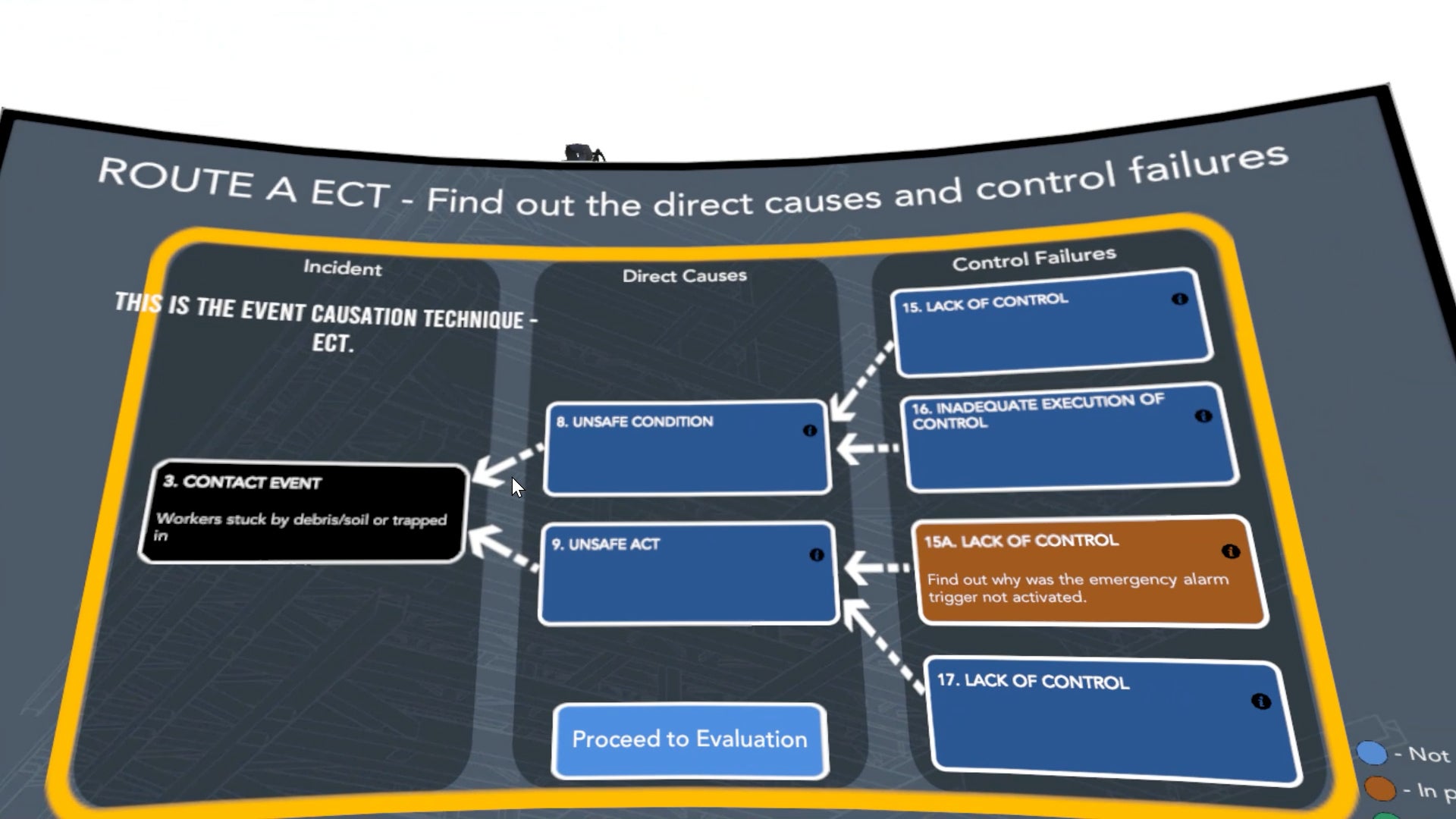
Introduction to ECT which guides the investigation
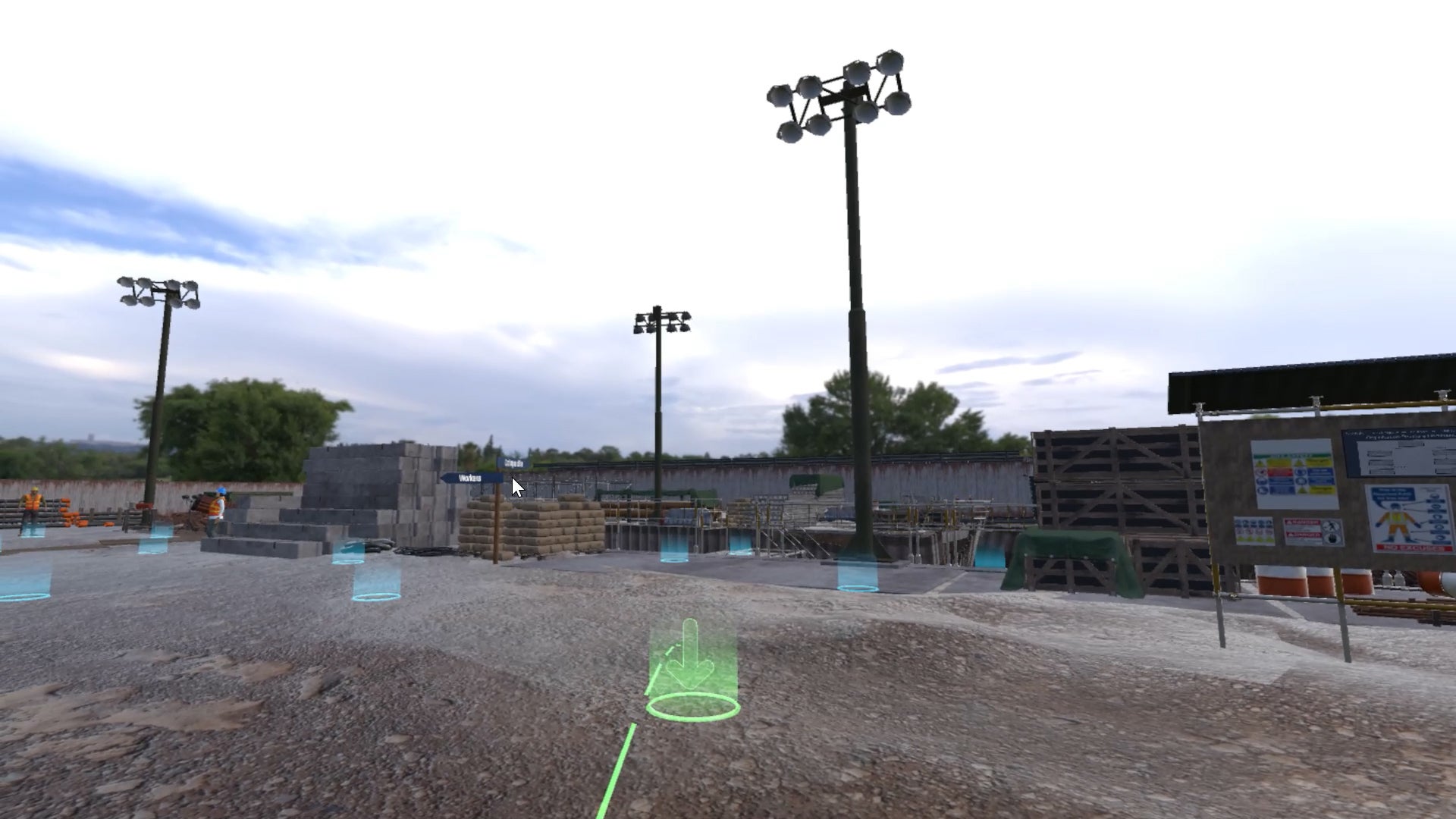
Users can teleport through portals
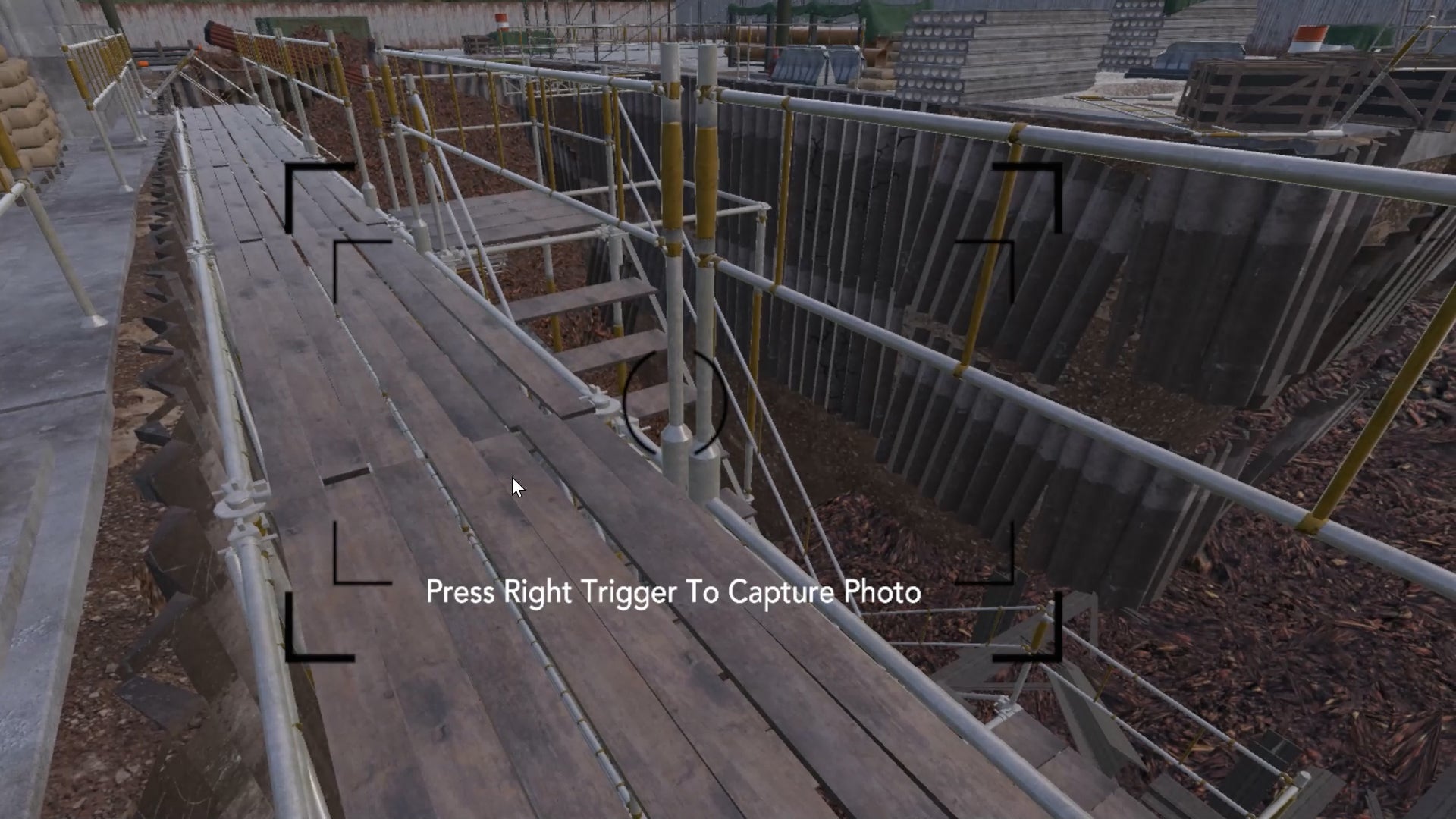
Camera tool to capture site conditions
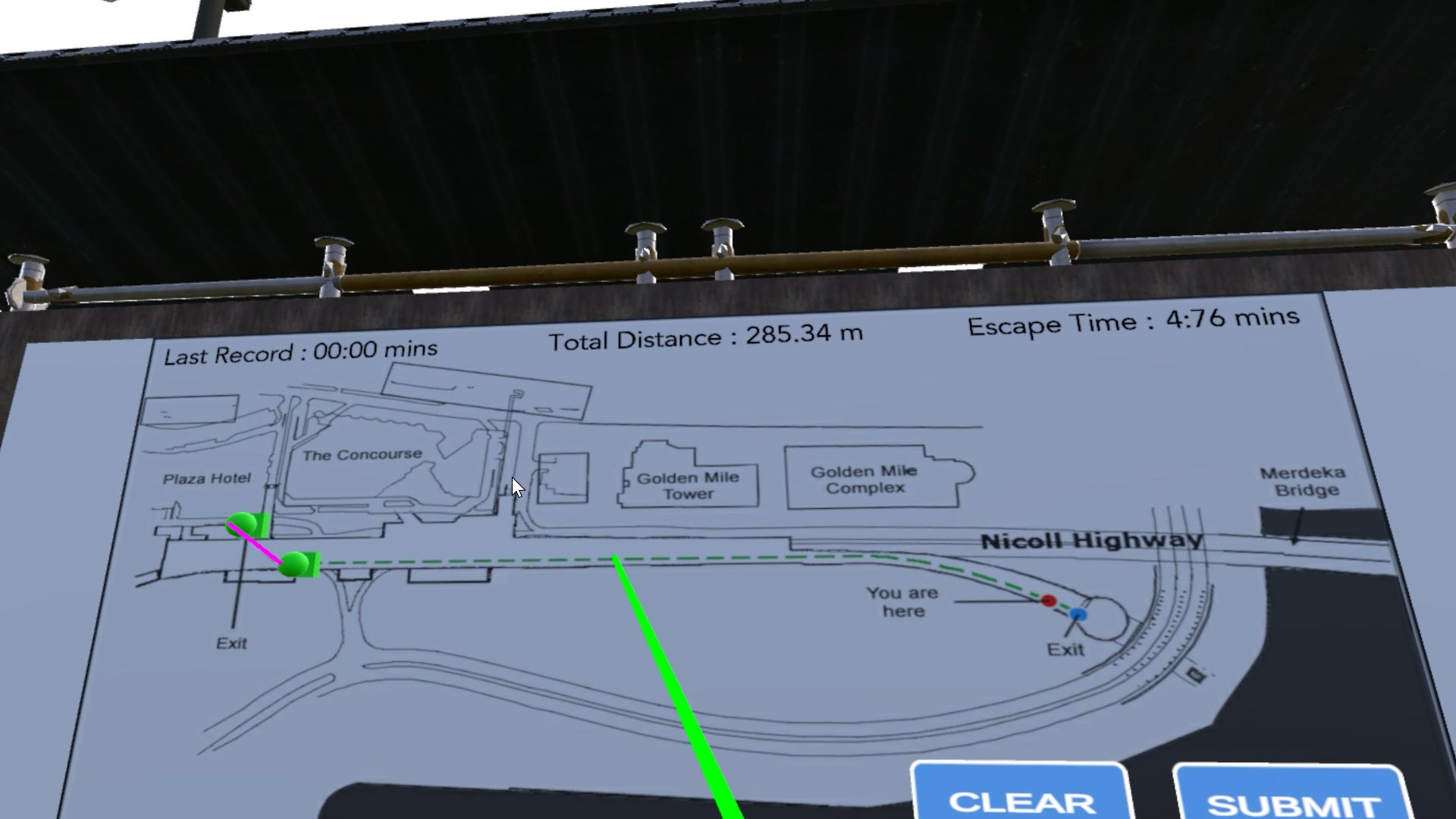
Measuring tool to measure the distance
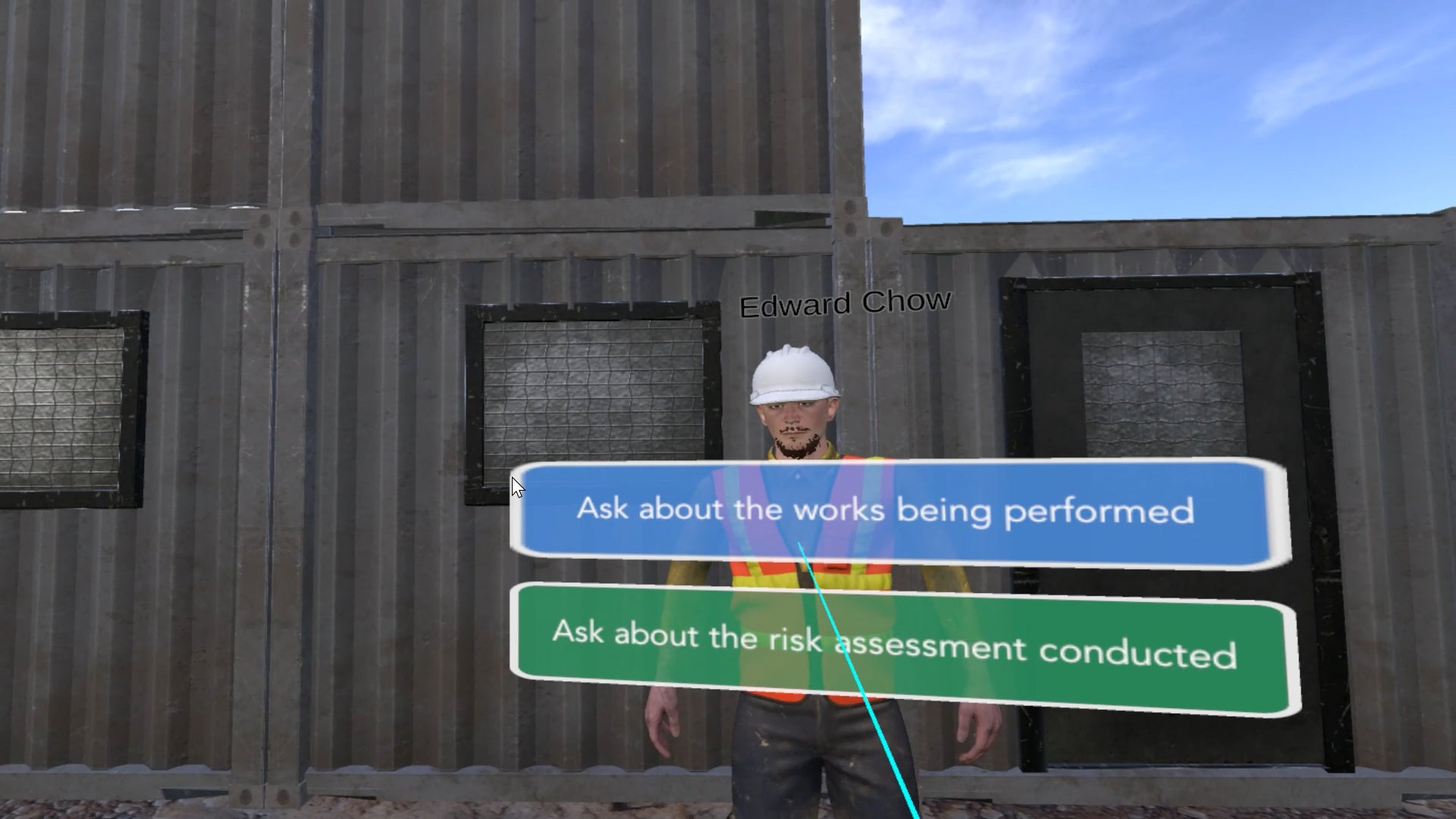
Users can interview NPCs
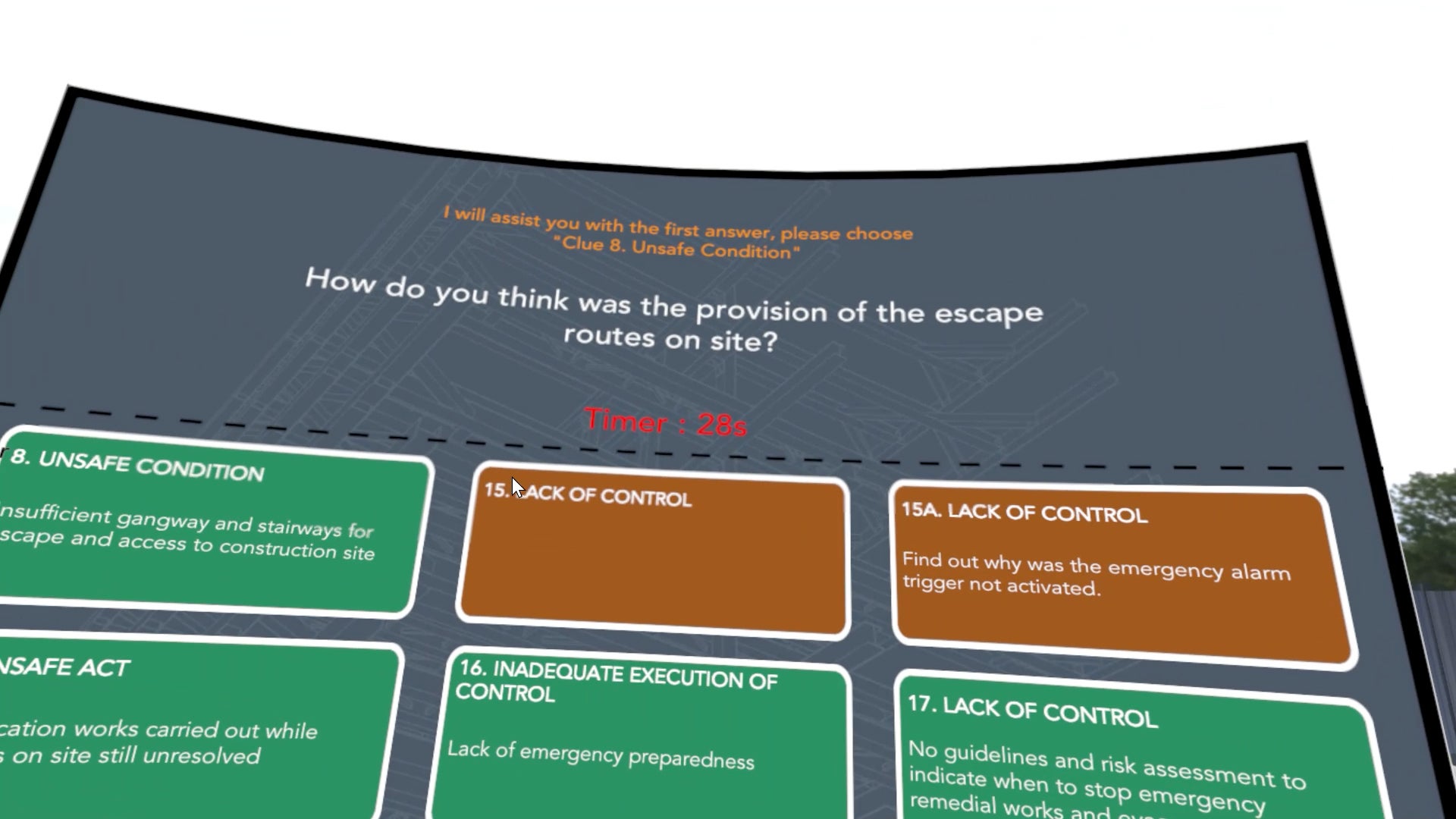
Vote as a group to answer the quiz and get immediate feedback

